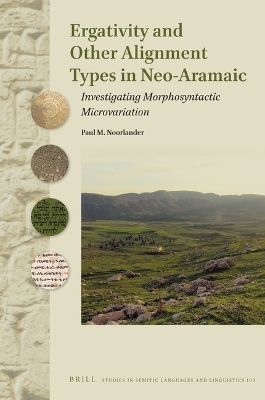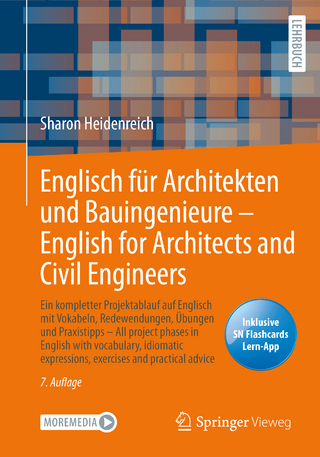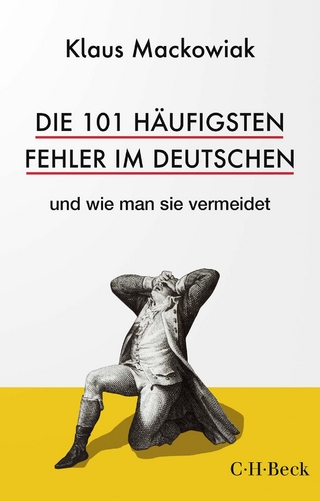
Ergativity and Other Alignment Types in Neo-Aramaic
Brill (Verlag)
978-90-04-44817-9 (ISBN)
The alignment splits in the Neo-Aramaic languages display a considerable degree of diversity, especially in terms of agreement. While earlier studies have generally oversimplified the actual state of affairs, Paul M. Noorlander offers a meticulous and clear account of nearly all microvariation documented so far, addressing all relevant morphosyntactic phenomena. By means of fully glossed and translated examples, the author shows that this vast variation in morphological alignment, including ergativity, is unexpected from a functional typological perspective. He argues the alignment splits are rather the outcome of several construction-specific processes such as internal system harmonization and grammaticalization, as well as language contact.
Paul M. Noorlander, Ph.D. (2018) is currently a Rubicon Fellow at Leiden University seconded to the University of Cambridge. He is involved in Neo-Aramaic documentation and has published on various topics in Semitic languages and linguistics and contact with Indo-European.
Preface
List of Figures, Maps and Tables
Abbreviations and Symbols
1 Introduction
1.1 Ergativity, an Enigma in Semitic Linguistics?
1.2 Neo-Aramaic Dialects in the Land of Rivers
1.5 Previous Approaches to Alignment in Eastern Neo-Aramaic
1.6 Aims and Scope of This Book
1.7 Sources and Transcription Conventions
1.8 Outline
2 Who Did What to Whom in the Context of Neo-Aramaic
2.1 Main Components of Verbal Inflection in Neo-Aramaic
2.2 (Pro)nominals and Verbal Constructions Derived from (Pro)nominals
2.3 Defining and Identifying the Alignment of Who Did What to Whom
2.4 Conclusion: A Construction-Specific Approach
2.5 Overviews of Inflection
3 Ergativity and Its Typology: The Trans-Zab Jewish Dialects
3.1 Main Morphosyntactic Hallmarks
3.2 Ergativity and Alignment Splits in Typological Perspectives
3.3 Ergativity and Patient-Related Splits in Trans-Zab Jewish NENA
3.4 Ergativity and Splits along the Tense-Aspect-Mood Scale
3.5 Ergativity and Transitivity: Argument Omission and Valency Alternations
3.6 Conclusion: Construction-Specific, Not Alignment-Specific Factors
4 Christian and Western Jewish Dialects of NENA
4.1 Preliminary Notes on Morphosyntax
4.2 Ergative or Passive? Agents In and Out of Focus
4.3 Verb-Related Factors: Grammaticalization of Resultatives
4.4 Argument-Related Factors: Harmonizing the Object
4.5 Conclusion: Cross-System Harmonization
5 Below the Tigris: The Neo-Aramaic Dialects of Ṭur ʿAbdin and Mlaḥsó
5.1 Morphosyntactic Traits of Central Neo-Aramaic
5.2 The Neo-Aramaic Dialects of Ṭur ʿAbdin
5.3 The Neo-Aramaic Dialect of Mlaḥsó
5.4 The Primacy of Intransitive Coding
5.5 Summary from Stem to Stern
6 Cross-Dialectal Synopsis of the Morphosyntax
6.1 Tense-Aspect-Sensitive Splits
6.2 Morphological Splits
6.3 Splits and Transitivity Alternations
6.4 Splits Based on Argument Properties
7 General Conclusion
7.1 Constructions Leading a Life of Their Own
7.2 A Taxonomy of Major Alignment Types
References
Index
| Erscheinungsdatum | 27.08.2021 |
|---|---|
| Reihe/Serie | Studies in Semitic Languages and Linguistics ; 103 |
| Verlagsort | Leiden |
| Sprache | englisch |
| Maße | 155 x 235 mm |
| Gewicht | 880 g |
| Themenwelt | Geisteswissenschaften ► Sprach- / Literaturwissenschaft ► Sprachwissenschaft |
| ISBN-10 | 90-04-44817-9 / 9004448179 |
| ISBN-13 | 978-90-04-44817-9 / 9789004448179 |
| Zustand | Neuware |
| Haben Sie eine Frage zum Produkt? |
aus dem Bereich


